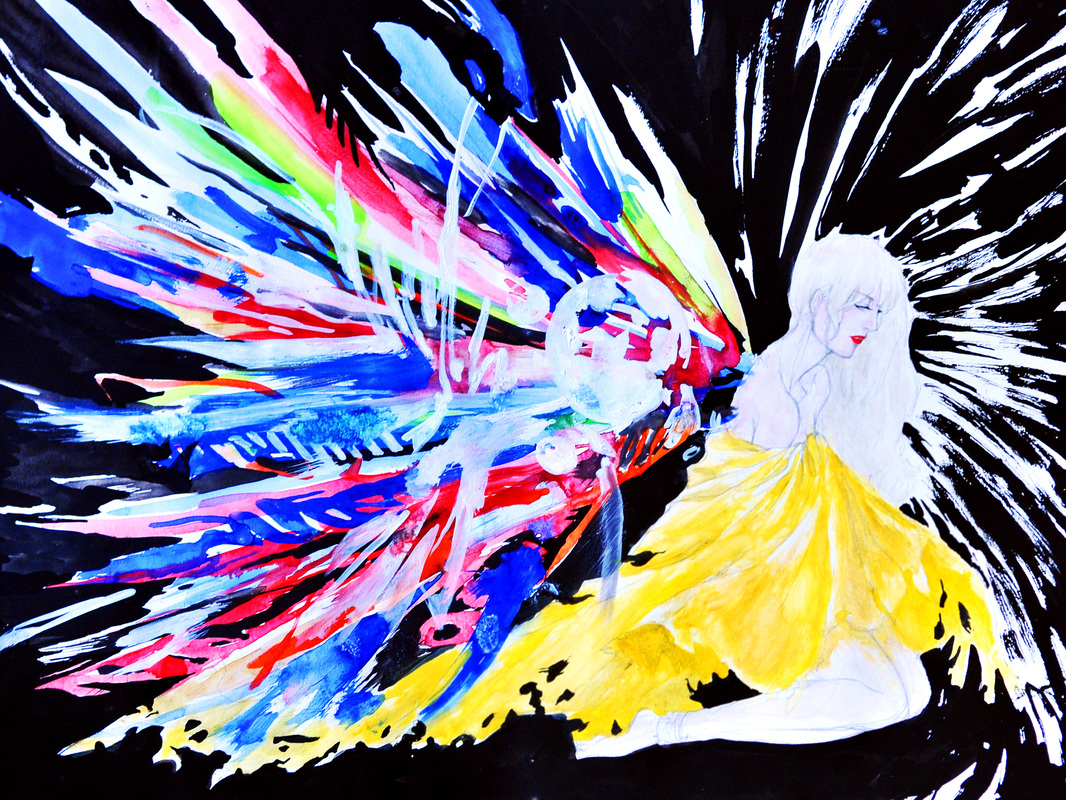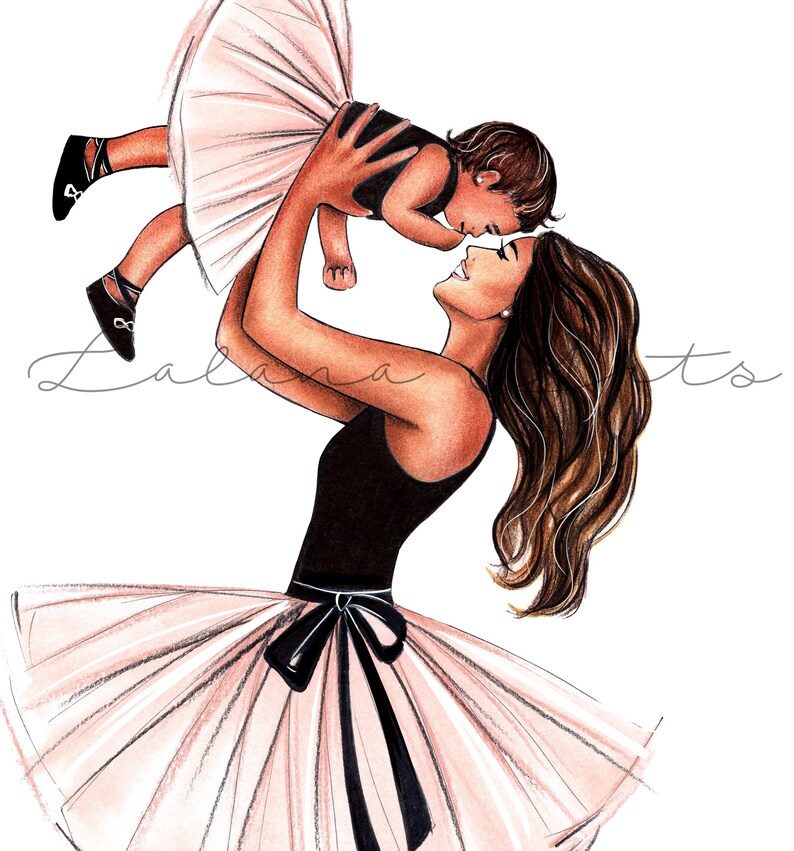

Keri Ataumbi Label: Ataumbi Metals Tribe: Kiowa Based in: Santa Fe, New Mexico

“On the site, they get the majority of the retail cost, and they’re getting it paid directly to them.” “There are so many brilliant artists in indigenous communities, but many times they don’t get their work sold for what they’re actually worth,” said Yellowtail. She hopes it will help promote a sense of economy and self-autonomy for designers in more segregated reservation communities. In addition to her own line, Yellowtail also launched the B.Yellowtail Collective, a retail platform on her website that supports other indigenous artists and designers, from First Nation people in Canada to artists in the northern Plains. “I was working for brands that would come out with ethnic or indigenous-inspired collections, but I didn’t connect with them. “I realized that there isn’t a space that authentically represents native people,” Yellowtail said. At 18, she moved to Los Angeles to study design at the Fashion Institute of Design & Merchandising and launched her label in 2015 after working for private labels and brands such as BCBG Max Azria.

Yellowtail was born and raised in Montana between the Crow Indian Reservation and neighboring Northern Cheyenne Indian Reservation. “It’s for the long-term, because these fights are ongoing.” “It’s important that fashion gets involved in a way that’s not just for a trend,” said Yellowtail. She debuted a limited-edition silk scarf named Women Warrior, which was printed with a scene of her Crow culture’s war bonnet dance. Yellowtail also created pieces specifically for participants of last year’s Indigenous Women Rise: Women’s March. It’s really important to tell those stories through our design.”

“Crows are very different than Navajos, and Cheyennes are very different than Ojibwes. “The biggest misconception about indigenous design is that it’s all the same,” said designer Bethany Yellowtail. The collections, which range from jewelry to ready-to-wear, find inspiration in traditionally meaningful elements such as animals, historical government documents, and ornate regalia pieces, such as the powwow dresses worn by Crees, Crows, and many other groups, each one different in nature. The unifying message? Reclaiming their heritage in a time when indigenous people continue to remain invisible. These unique designers hail from a variety of distinctive tribes, from Ojibwe to Kiowa, and are fusing their cultures’ time-honored craftsmanship with new, unexpected flourishes, such as graphic silk screen or 3-D printing. But now, a new crop of indigenous designers in North America is fighting back, using their collections to spotlight cultural activism and grassroots movements that are more important now than ever-especially given recent events, such as the pipeline protests at Standing Rock. This type of cultural appropriation, where labels draw from deep-rooted design codes without crediting the culture they are taking them from, is particularly harmful to indigenous people, who have been, and continue to be, marginalized. Nobody knows this better than the indigenous community, whose sacred prints, hand-burnished leatherwork, and beaded appliqués have been imitated by fashion houses for centuries. The line between inspiration and appropriation in fashion is oftentimes blurred.


 0 kommentar(er)
0 kommentar(er)
